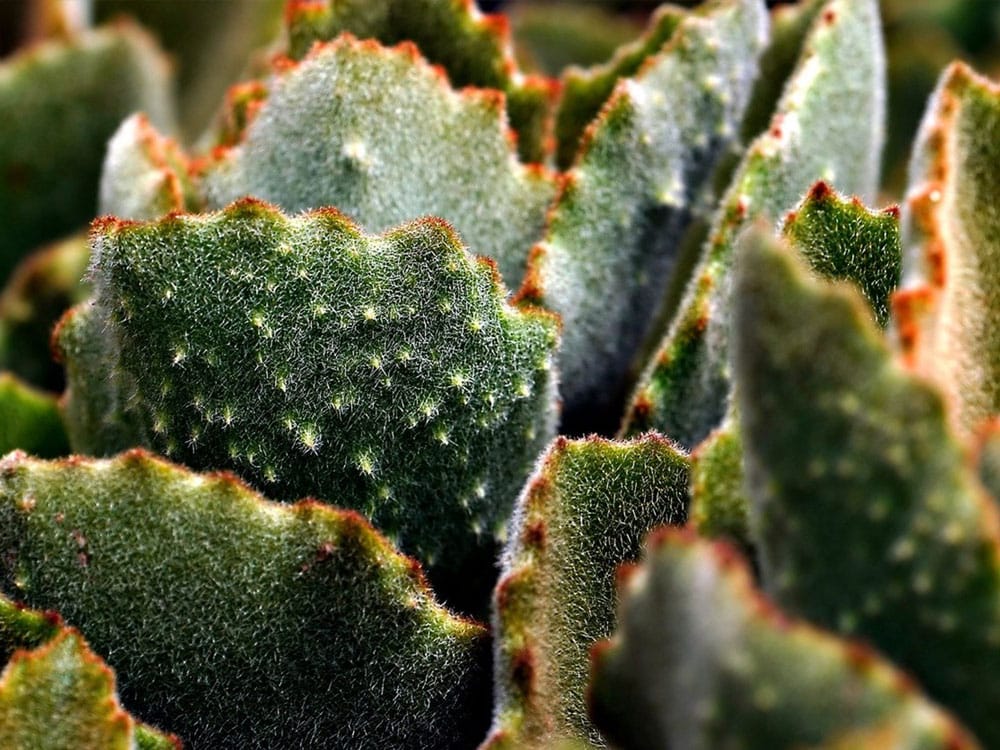Estimated reading time: 6 minutes
Not only is the cactus an important cultural and historical symbol in Mexico, but it might also surprise you to learn that cactus is a staple in Mexican cuisine! You will find cactus everywhere from fine dining to street food, and certainly in every home kitchen in Mexico. Cactus is in juices, tacos, fajitas, eggs or as a side dish. In this article, we share some interesting facts about Mexican cactus and one of our favourite cactus recipes.
All about Mexican Cactus
- Can You Eat Cactus?
- Cactus offers health benefits
- How To Cook Cactus
- You will find a cactus on the Mexican flag
- The most common variety of edible cactus is Nopales
- The colourful flowers and fruit are known as Prickly Pear
- Cactus features in one of Mexico’s best-known expressions
- Mexican Cactus domesticated over 9 thousand years ago

Can You Eat Cactus?

The short answer is yes! Our favourite way to eat Mexican cactus is in a quesadilla, a dish that you will often find in Mexican street food. Marinated in delicious Mexican spices the cactus adds a tangy note to the Quesadilla. Meanwhile, check out Quesadilla Recipes for more inspiration.
Cactus offers health benefits

Mexican cactus offers many health benefits. Cactus is very rich in water, fibre, calcium, and potassium. Due to the high amount of fibre, cactus decreases cholesterol, triglyceride, and blood glucose levels. As a result, doctors recommend cactus to people with type 2 diabetes mellitus and obesity. Above all, cactus gives the feeling of satiety, contributes to good digestion and helps you avoid constipation. For this reason, you will find it in natural medicine and weight-loss diets.
How To Cook Cactus

When it comes to cooking Cactus is extremely versatile. Firstly, you can grill, roast, or even stew cactus to accompany other vegetables/meat. Additionally cactus is delicious in Mexican salads. Similarly, you can even use nopal flour to bake healthy biscuits which are very high in fibre.
You will find a cactus on the Mexican flag

Next on our list of interesting facts about the Mexican cactus is the Mexican flag.
The coat of arms on the Mexican flag features a Mexican eagle holding a rattlesnake and is perched on a cactus. It recounts the founding of what is now Mexico City.
The legend is that the gods told the Aztecs to establish their city where they saw an eagle on a cactus eating a serpent.
Moreover, this crest has been an important political and cultural symbol for centuries and has come to represent the triumph of good over evil.
The most common variety of edible cactus is Nopales

Nopales (pronounced no-PAHles) are fleshy, arboreal cactus plants which grow between one and five metres high.
They have oblong green stalks or branches (pencas) that are flat with thorns.
In addition, Nopal cacti are found from sea level to about 3,000 meters above sea level and can be wild or cultivated.
These plants are perennial and bloom mainly from December to June.
The colourful flowers and fruit are known as Prickly Pear

The flat green pads of the cactus are called the nopales. In the upper part of the stalks, you will find red, purple and yellow flowers along with the prickly pear which are a delicious fruit with crunchy seeds.
Cactus features in one of Mexico’s best-known expressions

Next on our list of interesting facts about Mexican cactus, there is an old expression “más mexicano que los nopales” which translates to “more Mexican than nopales”. It is often said to refer to something that is very representative of Mexico. It reflects how pervasive cacti are in Mexican culture and traditions.
Mexican Cactus domesticated over 9 thousand years ago

Finally, the Mexican cactus was domesticated over 9 thousand years ago. Along with maguey, corn and beans, cactus was consumed as a main food of the Chichimeca groups. They called it nohpalli, a Nahuatl voice that became nopal upon the arrival of the Spaniards.
To sum up, we hope you enjoyed learning our interesting facts about Mexican cactus! Do you have any interesting facts about them to add or do you own one? Do let us know. We would also love to see what you get up to with our Sliced Green Cactus in the kitchen! Don’t forget to tag #granluchito and happy cooking from all of us.



For more interesting facts about Mexico please check out:




Delicieux
amazing
Thank you for the amazing info, using it in my school project.
You’re very welcome! We’re delighted to hear that the information was helpful for your school project. Good luck with your project, and we hope it turns out to be a great success!
the foods look so good
Thank you Bob, we love authentic Mexican recipes.
Maybe you will also enjoy our beginner’s guide to Mexican food read.
Kind Regards,
Leletu